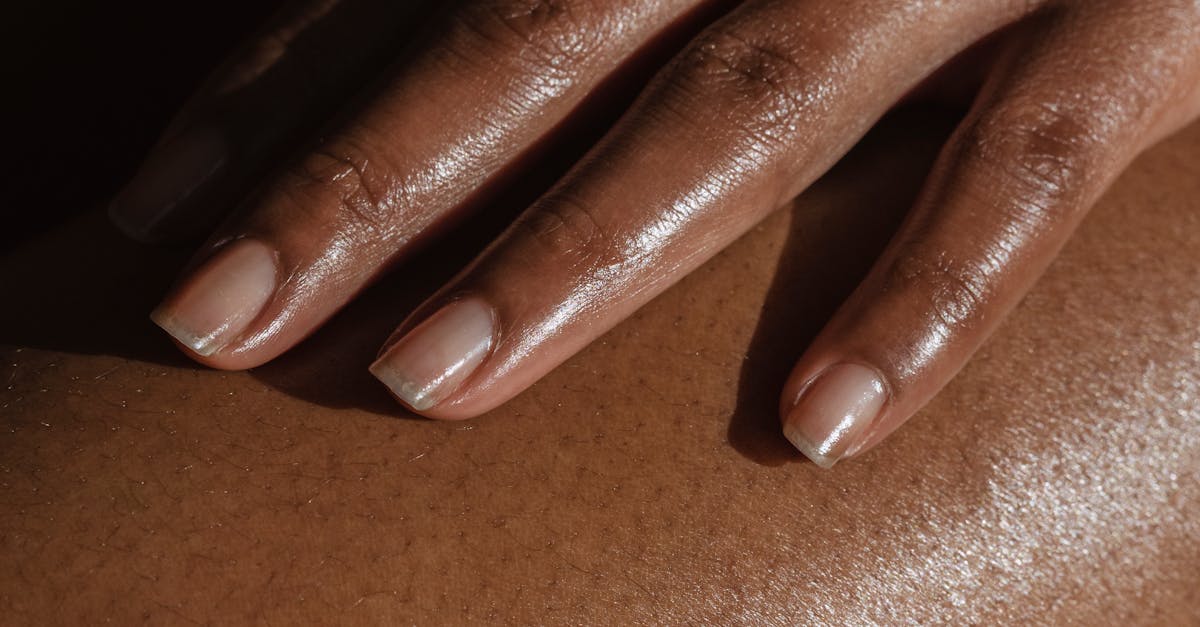
How to Customize Standard Designs from Production Home Builders
Table Of Contents
Planning for Future Modifications
When considering customising a standard design from a production home builder, it is essential to plan for future modifications. Anticipating potential changes or additions to your home allows for better integration of design elements and ensures a smoother process for any future renovations. By thinking ahead and incorporating flexibility into your initial design, you can save time, money, and effort in the long term.
Future modifications could include expanding living spaces, adding extra rooms, or incorporating new features. To facilitate these changes, it is advisable to consult with an architect or designer who can help you visualise the potential modifications and suggest design adjustments that accommodate your future needs. Making strategic decisions during the initial design phase will enable you to create a home that can evolve with your lifestyle changes and requirements.
Ensuring Flexibility in Design
When customizing standard designs from production home builders, it is important to ensure that the design allows for flexibility in the future. This means considering the potential changes that may be required as your lifestyle or family needs evolve over time. By incorporating adaptable features into the initial design, you can save time and money on future renovations or expansions.
One way to ensure flexibility in design is to opt for open floor plans that can easily be reconfigured to suit different purposes. This can involve using sliding doors or partitions to create separate spaces when needed, or leaving larger areas open for a more spacious feel. Additionally, choosing multipurpose rooms that can serve various functions, such as a guest bedroom that can double as a home office, can add versatility to your home design.
e is crucial in creating a lasting impression. Choose finishes that complement the overall style of your home while also being easy to maintain and clean. Quality finishes can add value to your home and create a sense of luxury and sophistication.
Consider finishes that are known for their longevity and resistance to wear and tear. Select materials that are high-quality and can withstand daily use without showing signs of degradation quickly. Whether it's flooring, countertops, or fixtures, investing in quality finishes will ensure that your home remains looking fresh and stylish for years to come. Prioritize finishes that are not only visually appealing but also offer functionality and practicality for everyday living.
FAQS
How can I customize a standard design from a production home builder?
You can customize a standard design from a production home builder by discussing your requirements and preferences with the builder's design team. They can provide options for modifications that suit your needs.
Is it possible to plan for future modifications when customizing a production home builder's design?
Yes, it is possible to plan for future modifications when customizing a production home builder's design. You can work with the design team to incorporate elements that allow for easy changes in the future.
What should I consider to ensure flexibility in the design of my customized home?
To ensure flexibility in the design of your customized home, consider incorporating versatile spaces that can adapt to different needs over time. This may include open floor plans or multi-functional rooms.
How can I integrate sustainable design elements into a customized home from a production builder?
You can integrate sustainable design elements into a customized home from a production builder by opting for energy-efficient appliances, using eco-friendly materials, and incorporating features like solar panels or rainwater harvesting systems.
What are some tips for creating an eco-friendly home when customizing a production builder's design?
To create an eco-friendly home when customizing a production builder's design, focus on energy efficiency, water conservation, and using materials with low environmental impact. Consider options like LED lighting, low-flow fixtures, and recycled materials.
Related Links
Evaluating the Suitability of Standard Designs from Production Home BuildersBenefits of Choosing Standard Designs from Production Home Builders
Maximizing Space and Functionality with Standard Designs from Production Home Builders
Comparing Standard Designs from Different Production Home Builders
Designing for Sustainability with Standard Designs from Production Home Builders
Exploring the Aesthetics of Standard Designs from Production Home Builders